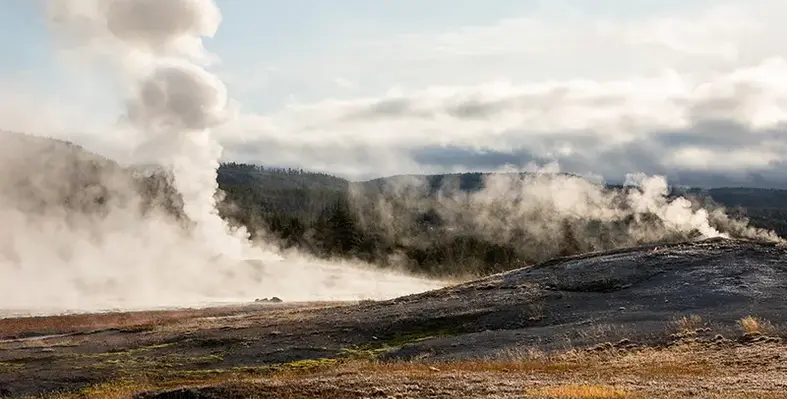 Geothermal energy in North America is undergoing a transformative moment.
Geothermal energy in North America is undergoing a transformative moment.
In just the first quarter of 2025, the sector attracted a staggering US$1.7bn in public investment - an 85% increase over the total investment for all of 2024.This milestone, highlighted in a new report, signals that geothermal is fast emerging from the fringes of the renewable energy mix and moving firmly into the mainstream.
At the heart of this momentum are next generation geothermal technologies, which are unlocking vast, previously untapped heat reserves deep beneath the Earth’s surface. Enhanced Geothermal Systems (EGS), Advanced Geothermal Systems (AGS), and super-hot rock drilling are now enabling energy production far beyond traditional volcanic regions. These technologies are breaking down long-standing geological barriers, expanding geothermal’s reach, and significantly reducing development costs.
Annick Adjei, senior research analyst at Wood Mackenzie, said, “Next-generation geothermal technologies are fundamentally changing the energy landscape by making this reliable, 24/7 clean power source available almost anywhere.”
This investment surge has been matched by a flurry of project activity. The first three months of 2025 alone saw a dramatic rise in new well announcements up 80% year-on-year with 47 projects now in the pipeline. The United States and Turkey are currently leading this global wave of development. One of the most notable achievements is Fervo Energy’s 500 megawatt Cape Station in Utah, which has proven commercially viable by delivering power at US$79 per megawatt hour without government subsidies bringing geothermal into direct competition with conventional power sources.
Although geothermal currently accounts for less than one percent of global electricity generation, experts estimates the technology could supply up to 15% by 2050. In the United States, geothermal potential is particularly vast. Despite having only 4 GW of installed capacity today, the country could unlock up to 500 GW, especially across high-temperature western states. Canada, too, is emerging as a key player, with promising activity in provinces such as Saskatchewan, Alberta, and British Columbia. A notable project includes the partnership between Deep Earth Energy and SLB, developing Canada’s first next generation geothermal facility.
Policy support is accelerating this growth. The US Department of Energy has pledged a US$1.36bn conditional loan for Project ATLiS, focused on lithium extraction from geothermal brines. Canada, meanwhile, committed over US$50mn to geothermal development in 2024.
With its ability to deliver reliable, low-carbon, round-the-clock energy, geothermal is fast becoming a cornerstone in North America's clean energy future and 2025 may be the year it finally takes centre stage.
